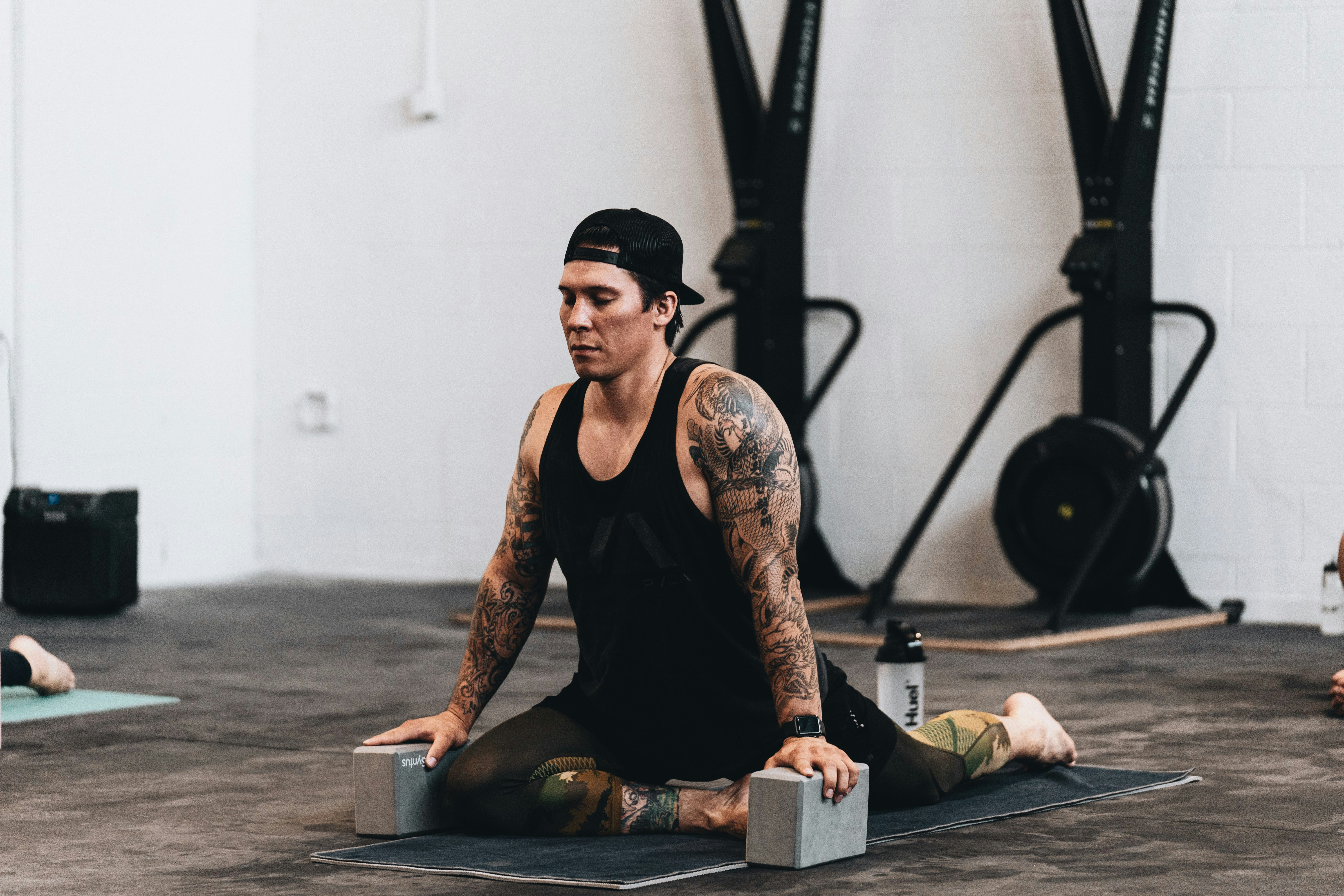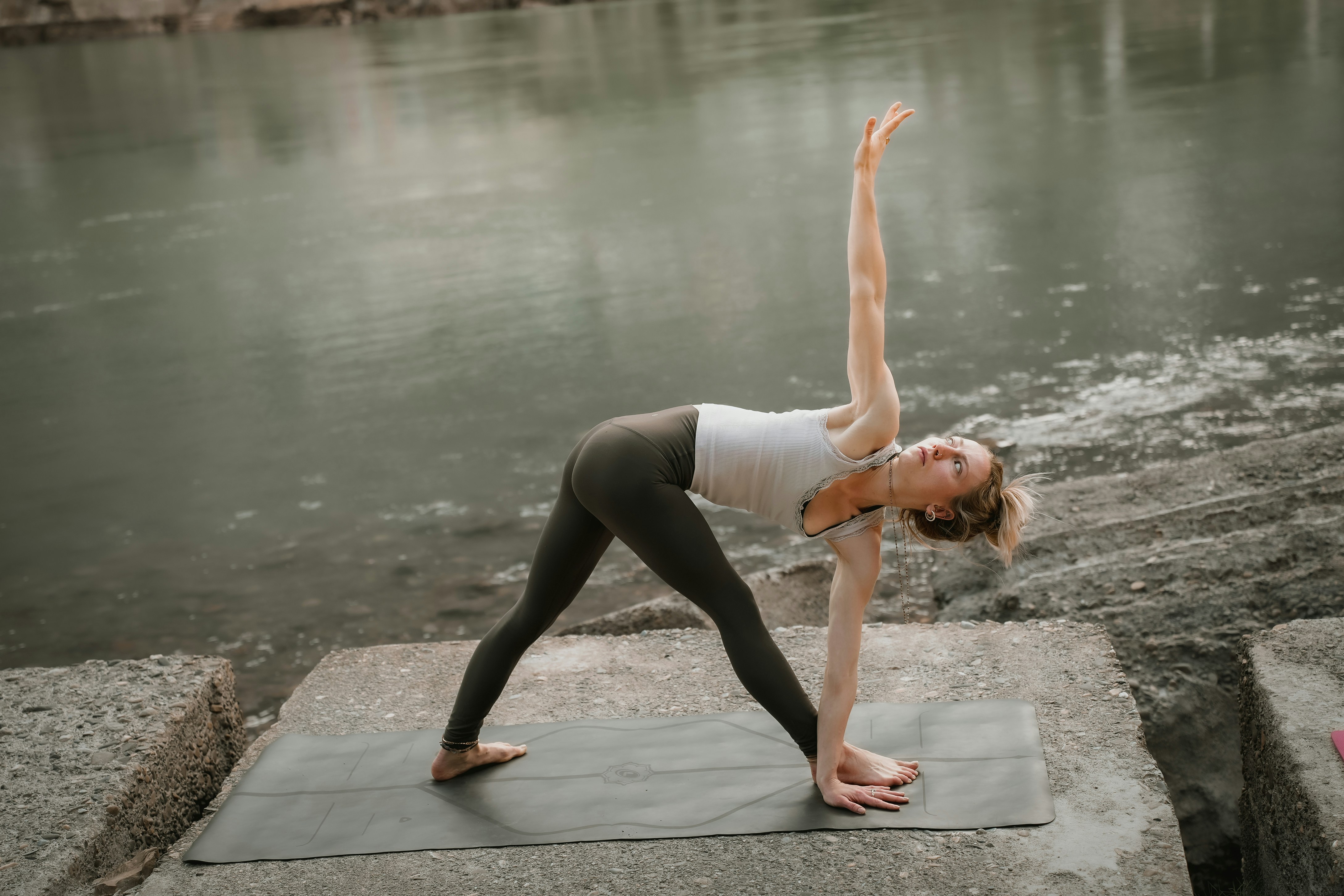Practice
Yoga for Flexibility: My Personal Story of Gaining Freedom in Body and Mind

When I first began my yoga journey, flexibility was the furthest thing from my mind. I thought yoga was mainly about relaxation or meditation, not something that could completely transform the way my body moved. Over time, however, I realized that practicing yoga for flexibility could unlock not just physical tightness, but emotional and mental barriers too. In this article, I’ll share my experience and how yoga for flexibility became a powerful tool for growth in every part of my life.
Discovering the Need for Greater Flexibility
Before yoga became part of my daily routine, my body felt stiff and heavy. Years spent sitting at a computer and neglecting mobility exercises had left me with tight hips, a rigid lower back, and sore shoulders. I struggled with basic tasks like reaching down to tie my shoes or sitting cross-legged comfortably on the floor.
Traditional workouts didn’t seem to help much. Weightlifting and cardio exercises only seemed to make my muscles feel tighter. I realized I needed something different—something that would stretch and soften my body rather than tense it up. That’s when I decided to explore yoga for flexibility, hoping it would offer a gentler, more effective solution.
How Yoga for Flexibility Changed My Body
In the early days, progress was slow and sometimes frustrating. During my first yoga class, simple movements like bending forward or twisting my torso felt incredibly awkward. I had to use props like blocks and straps just to access basic poses. But something about the practice encouraged me to stick with it.
Within a few weeks of practicing consistently, I noticed small changes. My hamstrings started to feel a little looser. I could reach a bit further in my forward bends. Sitting in poses that once made me uncomfortable became more bearable—and eventually enjoyable.
Over the months, yoga for flexibility dramatically improved my overall posture. I no longer slouched unconsciously while working at my desk. My hips gained a wider range of motion, making daily activities like walking, running, and even sleeping more comfortable. Every time I stepped onto my mat, I was reminded that change was happening—subtly, steadily, and surely.
Poses That Deeply Impacted My Flexibility
Standing Forward Bend (Uttanasana)
One pose that became a regular part of my practice was the Standing Forward Bend. In the beginning, simply hanging over my legs felt impossible. I kept a deep bend in my knees and used blocks to support my hands. As time passed, I learned to let gravity assist me. Gradually, my back released and my hamstrings lengthened, and what once felt like an unattainable pose became a daily comfort.
Low Lunge (Anjaneyasana)
Another essential posture on my journey was the Low Lunge. This position opened my hip flexors and strengthened my thighs at the same time. I often added a slight backbend while in the lunge to stretch the front of my body even more. Practicing this pose regularly helped me counteract the effects of prolonged sitting, making my hips feel freer and more mobile.
Seated Forward Fold (Paschimottanasana)
The Seated Forward Fold taught me patience like no other pose. Some days, I could barely hinge forward; other days, I felt a surprising openness. I learned to celebrate the journey instead of chasing a goal. By focusing on breathing deeply and surrendering to the stretch, my body slowly softened, allowing me to fold deeper over time.
Pigeon Pose (Eka Pada Rajakapotasana)
One of the most intense and healing postures for me was Pigeon Pose. At first, the discomfort in my hips was overwhelming. However, holding this pose for longer periods and breathing into the tight spaces helped unlock deep-seated tension, both physical and emotional. It wasn’t just about loosening my hips—it was about letting go of stored stress and emotions.
Supine Twist (Supta Matsyendrasana)
This gentle twist helped me maintain spinal flexibility. Every time I moved into a Supine Twist, I felt my spine decompress and my lower back release tension. Adding it to my daily practice made a noticeable difference in my comfort level during everyday movements.
Lessons I Learned Along the Way
One of the most important lessons I gathered from practicing yoga for flexibility is that consistency always outweighs intensity. It’s easy to think that a few long stretching sessions will do the trick, but real change happens through regular, mindful practice—even if it’s just 10 or 15 minutes a day.
I also realized that breathing consciously during stretches made a significant difference. When I inhaled deeply into areas of tightness and exhaled slowly, my muscles responded by softening. Over time, breathing became an essential part of my flexibility practice, helping me access deeper layers of my body.
Finally, I learned that using props was not a sign of weakness—it was a mark of wisdom. Props allowed me to find a version of each pose that supported my current state while still encouraging growth. They removed the pressure to “perform” and helped me focus on feeling rather than forcing.
Unexpected Mental and Emotional Growth
What surprised me the most about practicing yoga for flexibility was how it shifted my mindset. The patience I developed on the mat spilled over into other areas of my life. I became more accepting of slow progress and more compassionate toward myself when I faced challenges.
Flexibility also taught me resilience. Some days my body felt supple and strong; other days it felt tight and stubborn. Instead of feeling defeated, I learned to approach each session with curiosity and kindness. That attitude made me more adaptable in everyday life, better equipped to handle unexpected obstacles with grace.
Moreover, the emotional releases I experienced during deep hip openers and spinal twists showed me that flexibility isn’t just physical—it’s energetic too. Letting go of muscular tension often meant letting go of emotional burdens I didn’t even realize I was carrying.
My Personal Yoga Routine for Ongoing Flexibility
To maintain and continue improving my flexibility, I designed a routine that fits easily into my lifestyle:
- Morning Movement: A short series of Cat-Cow stretches, Forward Bends, and gentle Lunges to awaken the spine and hips.
- Midday Stretch Break: Five to ten minutes of Seated Twists or Supine Twists to break up long periods of sitting.
- Evening Wind-Down: A longer session focusing on Pigeon Pose, Seated Forward Fold, and Supported Fish Pose to deeply relax muscles before bed.
- Weekly Deep Stretch Sessions: One or two days a week dedicated to longer holds in restorative postures, using props to stay comfortably in the poses for three to five minutes.
This balanced approach keeps my body feeling supple without overwhelming me or causing burnout.
Conclusion
Looking back, embracing yoga for flexibility has been one of the best decisions I’ve ever made. It has helped me transform my stiff, aching body into one that moves freely and comfortably. More than that, it has taught me how to be patient, compassionate, and resilient—qualities that extend far beyond the yoga mat.
Whether you’re brand new to yoga or returning after a long break, yoga for flexibility offers a path to greater ease, both physically and emotionally. It’s not about achieving the most dramatic pose or being the most bendy person in class. It’s about discovering how to listen to your body, honor its limits, and lovingly invite it to expand its possibilities.
No matter where you start, a consistent and mindful practice can open doors you never imagined. Yoga for flexibility is not just a practice—it’s a way of life, one that I will continue to cherish for years to come.










